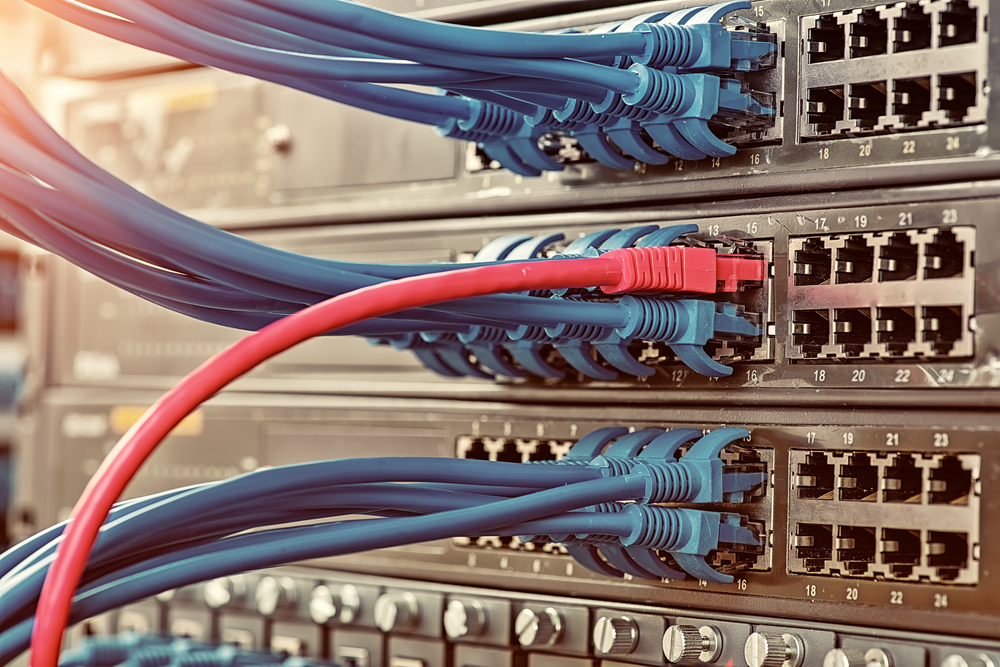How to Build a Robust Network Infrastructure for Remote Work
Remote work is becoming more and more commonplace, but it can be difficult for organizations to provide the same level of network infrastructure as when their employees are in the office. It’s important for businesses to build a robust network infrastructure that allows remote workers to access all the resources and applications they need. In this blog post, we’ll discuss the steps needed to build a robust network infrastructure for remote work.

Choose the Right Network Infrastructure
The first step in building a robust network infrastructure is choosing the right type of network infrastructure. Depending on your organization’s needs, you may opt for an on-premises or cloud-based solution, or a hybrid of both. On-premises solutions are more traditional and come with their own hardware and software requirements, while cloud-based solutions are typically easier to manage but require an Internet connection. Consider these factors when deciding which type of solution is best for your organization.
Utilize Network Security Solutions
Network security is essential when it comes to protecting your organization from cyber threats and unauthorized access attempts from external sources. When building a robust network infrastructure, be sure to invest in security solutions such as firewalls, antivirus software and encryption. Additionally, consider deploying a virtual private network (VPN) for remote workers to ensure their data is encrypted when they access the company’s resources.


Consider Network Performance Needs
When setting up your network infrastructure for remote work, it’s important to think about performance needs as well. Depending on the types of applications and services you plan to offer, you may need high-speed connections or additional bandwidth available during peak times. You’ll also want to ensure that your network can handle the load of multiple users accessing it simultaneously without any slowdowns or connection drops.
Implement Access Controls
Access controls are a must when it comes to keeping your network secure and preventing unauthorized access. Consider implementing authentication measures such as username/password combinations, two-factor authentication, or biometrics to verify user identity and restrict access to sensitive data. Additionally, consider setting up user profiles so you can control which users have access to certain resources or applications.


Monitor Performance Regularly
Once your network infrastructure is set up, be sure to monitor its performance regularly. This will help ensure that everything is running smoothly and that the system isn’t being overloaded by excessive traffic or malicious activity. Some network monitoring tools even allow administrators to set thresholds for different performance metrics so they can be alerted if there are issues that need attention.
Building a robust network infrastructure for remote work is essential for organizations that want to ensure their employees stay productive and secure while working away from the office. By following the steps outlined in this blog post, you can get started on the right foot and create a reliable network infrastructure that meets your organization’s needs.

